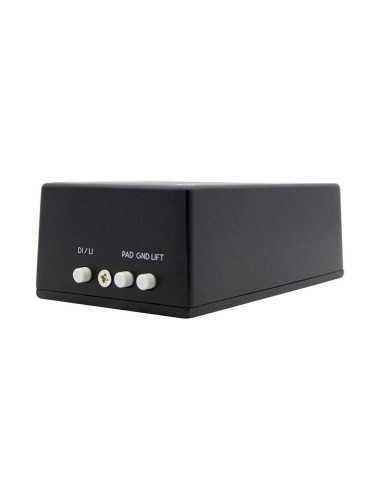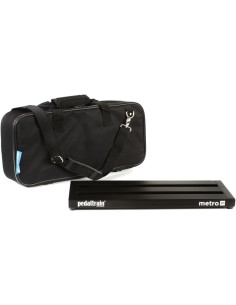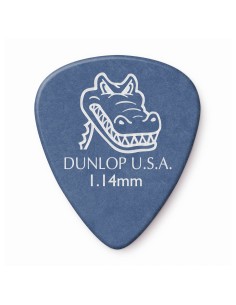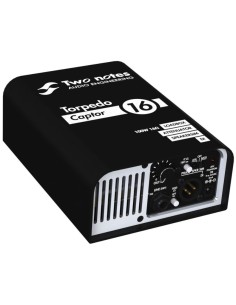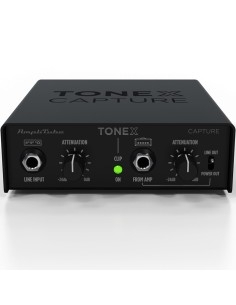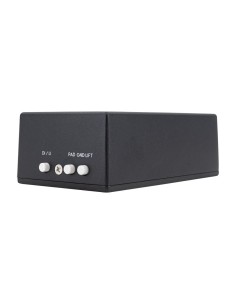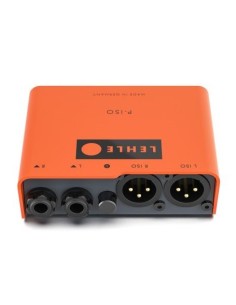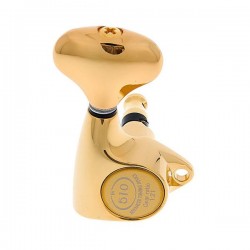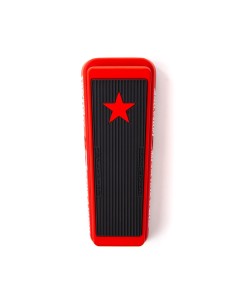- Passive Line Isolator and Direct Injection device
- Converts ¼” unbalanced input to XLR balanced output
- For interfacing with your recording interface or FOH mixer
- Works perfectly with amp-in-a-box devices e.g. Walrus Audio ACS1
- Stompbox format for easy integration on pedalboards
- Flat frequency response from 20Hz-20kHz
- Custom wound transformers for low THD and full frequency response
- Pad: Enabled a -15dB input pad (only in D.I. mode) to minimize distortion
- Choose between DI- or Line-Isolator-Mode
- GND Lift: Isolates GND pin on XLR to reduce hum
- Passive design – no power required
You are the artist. Your sound is the paint, and this is your canvas. The Canvas Mono is a Direct Box/Line
Isolator designed to remove any resistance between you and your audience by giving a pristine sonic
foundation to build your masterpiece upon. From houses of worship to the dive bar downtown, Canvas
Mono is built to be the performance tool that goes wherever you are making your music.
Canvas Mono is a Passive Line Isolator (LI) and Direct Injection (DI) device that converts your unbalanced
signal into a balanced signal for interfacing properly with your recording interface or mixer at front-of-
house. If you’re using an amp-in-a-box (DSP Guitar Rig), like our ACS1, or running an acoustic or bass guitar
direct, then the Canvas Mono is your new bridge to the front-of-house. The Canvas Mono packs everything
you need from a DI/LI into a standard pedal-sized enclosure designed to look great right on top of your
board.
Direct Injection
Use DI mode when connecting an unbalanced, high impedance source (Electric Guitar, Bass Guitar, etc). The
signal will be reduced by -20dB (-35dB with pad engaged) and converted to a balanced signal via the
transformer connected to the XLR output. Use the gain on your mixer or preamp to bring the signal up to
line level.
Line Isolator
Use LI mode when connecting your unbalanced, low impedance source (Amp + Cab Sim like the ACS1, keys,
etc.). The signal will remain full volume and be converted to a balanced signal via the transformer connected
to the XLR output. Less preamp gain will be required in LI mode.
DI or LI?
When deciding between DI or LI, check with the manufacturer of your gear to find the output impedance of
the device you are wanting to interface with.
For a general guide:
• High Impedance = anything above 1k = Use DI
• Low Impedance = less than 1k = Use LI
Troubleshooting
This is a passive device, so you will not damage anything if connected improperly, but it could affect the
signal level and frequency response if not connected properly. This is an easy thing to test since the LI/DI
switch is built into Canvas. If you lose high-frequency information when using LI mode, then you should
probably be in DI mode.
You might also like


